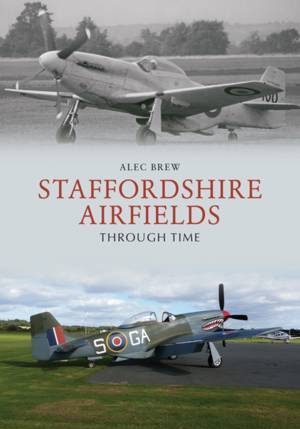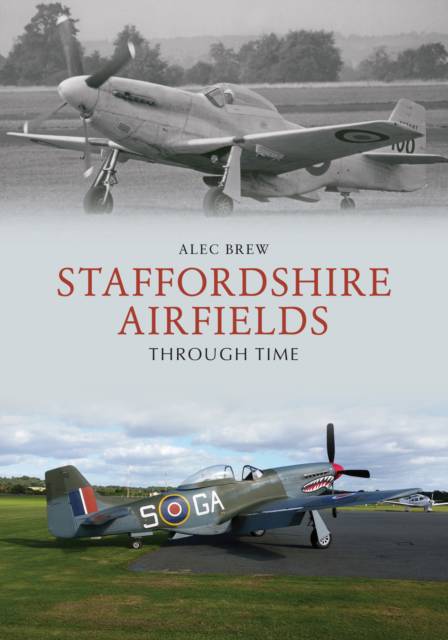
- Afhalen na 1 uur in een winkel met voorraad
- Gratis thuislevering in België vanaf € 30
- Ruim aanbod met 7 miljoen producten
- Afhalen na 1 uur in een winkel met voorraad
- Gratis thuislevering in België vanaf € 30
- Ruim aanbod met 7 miljoen producten
Zoeken
€ 22,45
+ 44 punten
Omschrijving
From some of the first ever airfields in Great Britain, through the municipal airports of Stoke, Walsall and Wolverhampton, to a total of eighteen RAF airfields in the Second World War, Staffordshire has always embraced aviation. Both Stoke and Wolverhampton were taken over for the use of Elementary Flying Training Schools, huge new airfields were built to house bomber Operational Training Units at Hixon and Lichfield, and to provide extra room for the Elementary Flying Training Schools, grass satellite airfields were built at Penkridge, Abbots Bromley and Battlestead Hill. Finally, Relief Landing Grounds for the storage of aircraft were created in the grounds of stately homes at Teddesley Park and Hoar Cross. Since the war the number has dwindled steadily, as agriculture reclaimed several and housing many others. Nowadays, only the ghosts of forgotten wings tell of the long lost heroes who flew at many of these airfields. In almost 200 photographs, this book places the aircraft, runways and buildings in the modern landscape, showing how they have been transformed.
Specificaties
Betrokkenen
- Auteur(s):
- Uitgeverij:
Inhoud
- Aantal bladzijden:
- 96
- Taal:
- Engels
- Reeks:
Eigenschappen
- Productcode (EAN):
- 9781445687209
- Verschijningsdatum:
- 15/08/2019
- Uitvoering:
- Paperback
- Formaat:
- Trade paperback (VS)
- Afmetingen:
- 165 mm x 234 mm
- Gewicht:
- 303 g

Alleen bij Standaard Boekhandel
+ 44 punten op je klantenkaart van Standaard Boekhandel
Beoordelingen
We publiceren alleen reviews die voldoen aan de voorwaarden voor reviews. Bekijk onze voorwaarden voor reviews.











